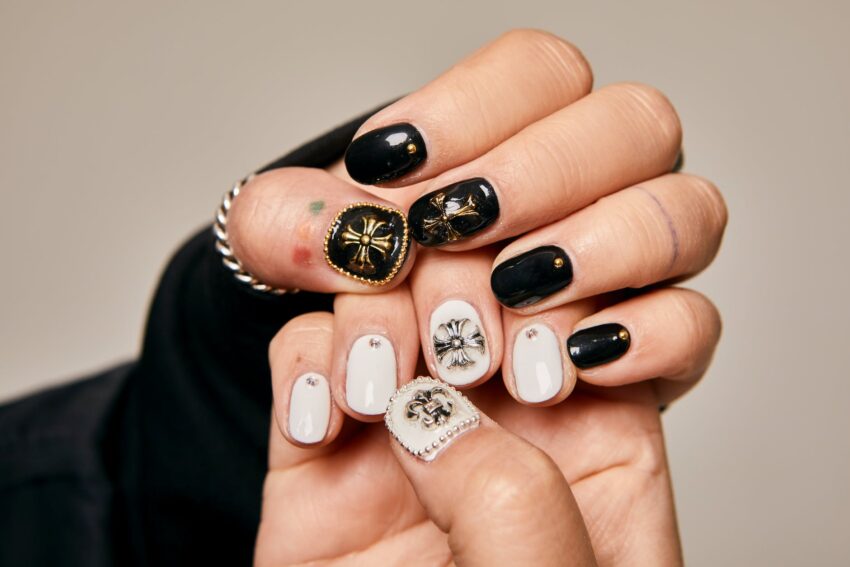Psychedelic art emerged as a tool for self-expression and rebellion against societal norms, deeply embedded in the rich tapestry of the counterculture movement of the 1960s. This art form, with its vibrant visuals and dramatic symbolism, is not merely an aesthetic experience. It is also a symbolic one, representing profound concepts related to consciousness, spirituality, and reality. As such, it has had a profound influence on contemporary culture and creativity.
Psychedelic art mainly draws inspiration from the altered states of consciousness induced by psychedelic substances. The subterranean niche of this genre, known as visionary art, visually articulates personal spiritual experiences and mystical themes usually conveyed through the use of sacred geometry and esoteric symbols. These works aim to transcend the limitations of language and conventional wisdom, and invoke in viewers an expanded sense of awareness of the world’s kaleidoscopic possibilities.
The Sixties marked a period of cultural and social upheaval. The rise of the counterculture movement was synonymous with rebellion and civil rights protests, and provided an impactful backdrop for the rampant influence of psychedelic art. This form of art became a powerful medium of resistance, its aesthetics and symbolism challenging societal constructs and lack of individual freedom.
Compared to various other art movements of the past, the psychedelic art movement offered an innovative take on visuals. Psychedelic art forms used a mix of mind-bending patterns, vibrant colors, and elaborate detailing, granting viewers a ticket into an otherworldly, sensorial experience. Apart from the visual decadence, these often formed a pastiche of ideas, reflecting the artist’s psychological state, perception of reality, or a repudiation of the staid norms of society.
Notably, the influence of psychedelic art extended into popular culture, transforming the aesthetics of album covers, posters, fashion, and advertising. Artists like Wes Wilson, known for his concert posters of rock legends like the Grateful Dead and Jimi Hendrix, used psychedelic design elements that turned ads into expressive art. Such profound artistic disruptions made the psychedelic art movement emblematic of a generation that yearned for change.
Keeping in step with its unusual nature, psychedelic art has also found many takers in art therapy. The process of creating such intense, intricate art forms offers creativity enhancement and acts as a psychological stress buster. By engaging with psychedelics and their influence on art, individuals can access levels of consciousness under-explored by modern society. They can also experience a profound disconnection from reality, enabling them to grapple with emotions, trauma, and experiences from a fresh perspective.
In the age of digital media, the surreal landscape seen in much of psychedelic and visionary art has found new relevance. It is now a popular style for music festivals, virtual reality games, and animations, continuing to redefine the boundaries of human perception and expressive techniques.
While psychedelic art was born out of the countercultural spirit and anti-establishment ethos, it has since evolved into a style that captures a broad range of human experiences and emotions. Its intense visual language and the proliferation of its aesthetics across modern culture testify to its influence. Today, it still stands as a profound call for personal freedom, self-exploration, and an unshackling from the constraints of conventional thought.
In conclusion, psychedelic art continues to cast a spell on contemporary culture and creativity. Its explosion of color and form is a reminder of the boundless potential our minds possess, offering new methods of seeing, interpreting, and interacting with the world around us. As long as humans continue to explore the truths hidden within our own consciousness, psychedelic art will remain a powerful tool in this fascinating journey.
